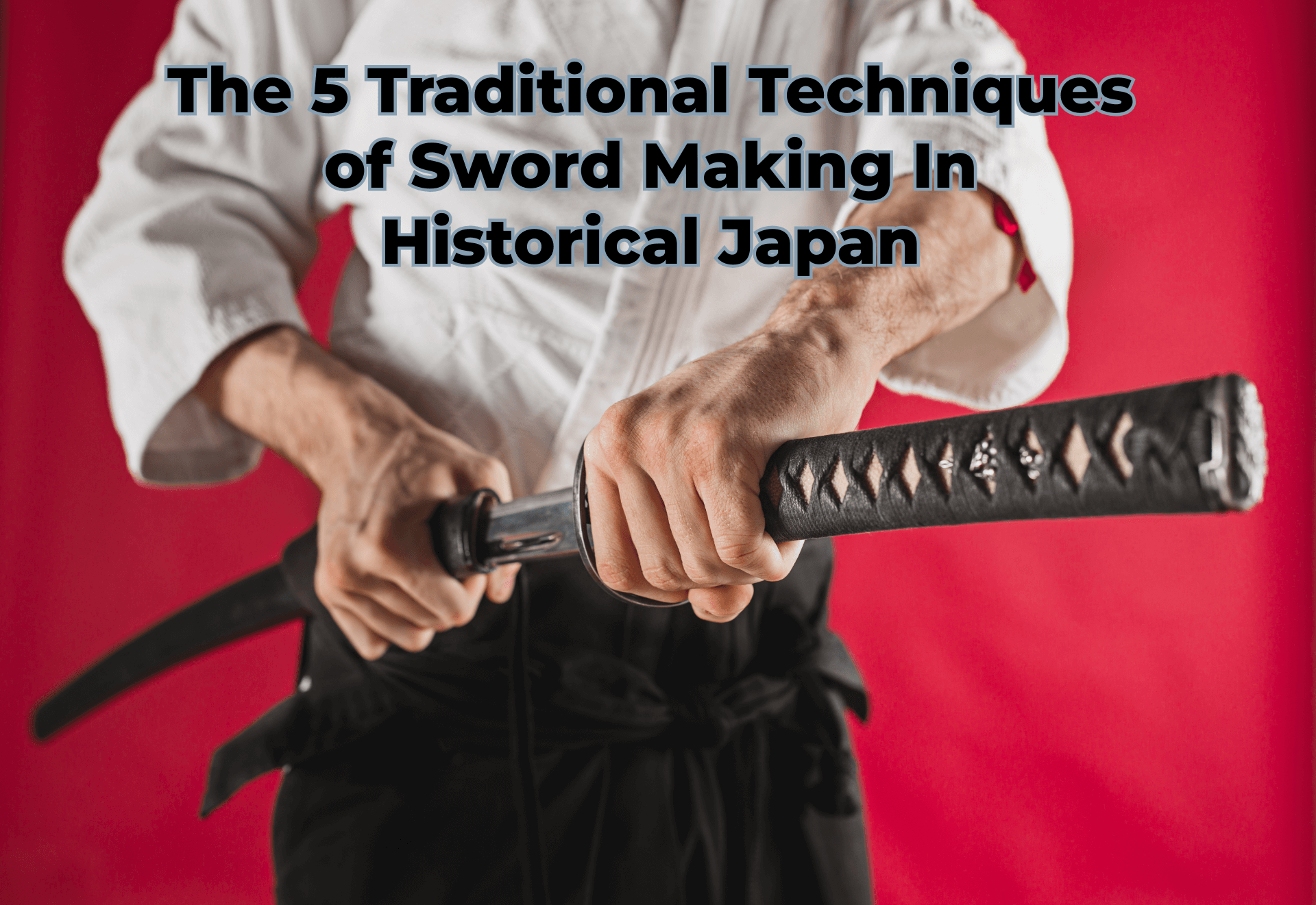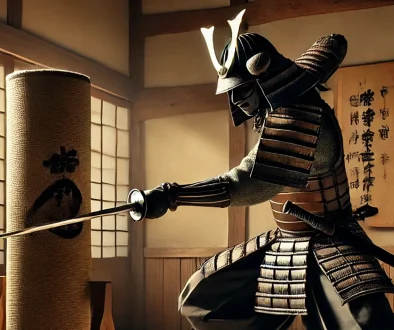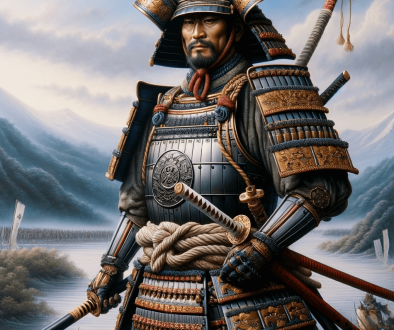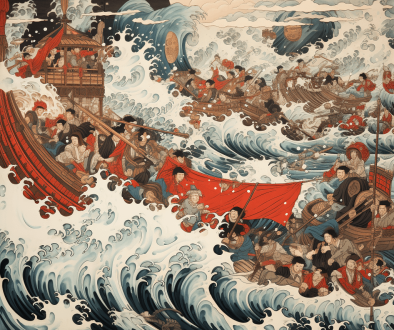The 5 Main Japanese Sword Traditions
Japan’s culture is full of exciting tales and traditions, none more so than the tradition and mystique that surround the Katana.
Parts of this nation have been portrayed several times in film, literature, animation, and other media, such as iconic Samurai and ninjas. Whenever you think of these characters, you will mainly think of two things: their characteristic outfits and the weapons they wield. Both types of fighters were proficient and had many Japanese armaments. Still, bladed weapons held an essential aspect of cultural life because of the sheer dedication it took to construct and then master them.
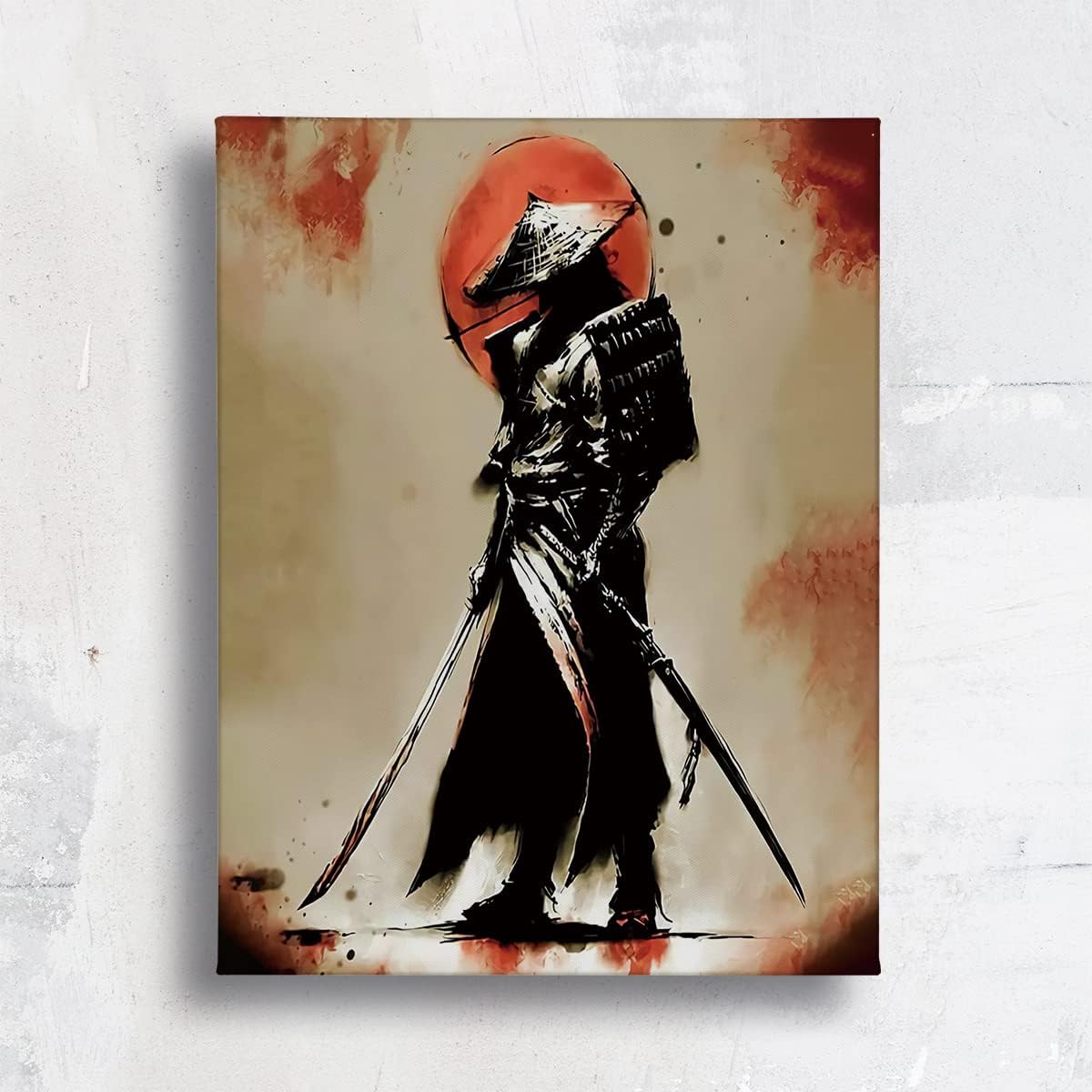
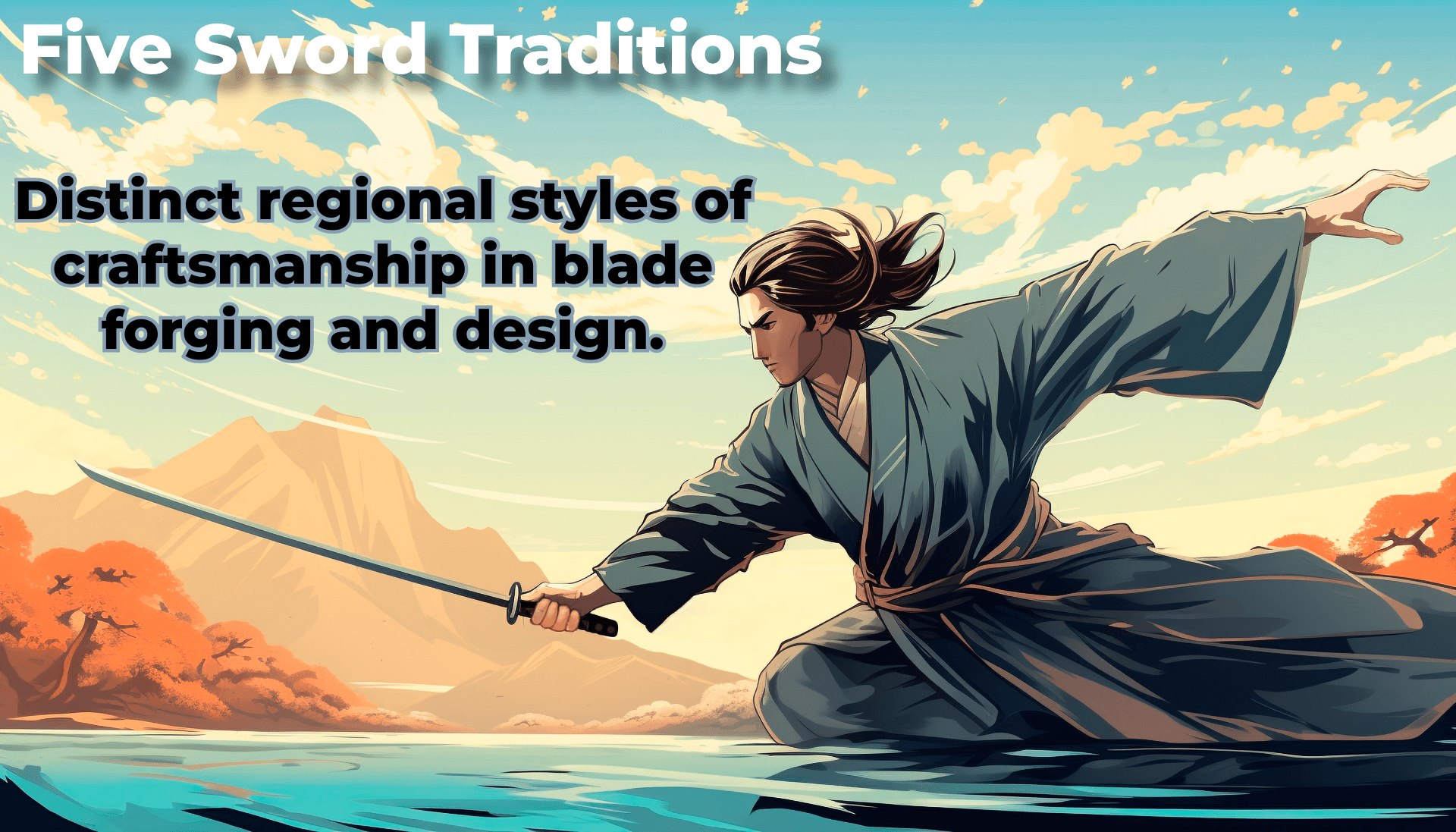
Swords and, noticeably, the Katana plays a massive part in Japanese culture and seem to have become popular around the Kofun period as an important from China. A realization with the Mongulainas was that their old Japanese sword at the time was useless against Mongol armor.
Throughout the time, sword-making in Japan has been categorized in five different traditions, depending on the region:
Yamatoden
Yamatoden
‘Yamatoden’ tradition comes from the Yamato Province, or what’s known today as the Nara Prefecture. It is associated with five temples (Senjuin, Shikkake, Taima or Taema, Tegai, and Hōshō). These swords are characterized by a wide ‘mihaba’ or blade width, a slight curve, and a subdued Hamon. The creator of this technique was a man named Amakuni, who had his name inscribed on each sword, as was tradition at the time.
After Empress Gemmei changed her residence to the capital of the Yamato Province, Yamatoden usage became the norm thanks to the guidance of the five temples mentioned above.
Yamatoden swords were more practical and more straightforward than those from other traditions, such as the Yamashiroden. However, they still maintained the sophisticated touch associated with temple swords.
Yamashiroden
Yamashiroden
The ‘Yamashiroden’ tradition, originating from Heian-kyo, modern-day Yamashiro, Kyoto, flourished significantly when Emperor Kammu moved the capital to this location. This transition brought prominence to the Yamashiroden tradition, which comprised seven esteemed schools, highlighting its exceptional craftsmanship and influence in Japanese swordmaking.
- Sanjō
- Gojō
- Ayanokoji
- Awataguchi
- Rai
- Ryōkai
- Nobukuni
While Yamatoden swords were characterized by their simplicity and elegance, Yamashiroden focused more on elegant design. For several years, Yamashiroden swords were made only to look good, but soon enough, it became necessary to make them appropriate for battle. Thus, several forges across the area started making swords that not only looked good but also performed well in battle. During this era Rai Kunimitsu was a popular and respected swordsmith.
Bizenden
Bizenden
This swordmaking tradition comes from the Bizen Province, which is today’s Okayama Prefecture. Like the Yamatoden tradition, it was also associated with five schools, including the following:
- Osafune
- Ichimonji
- Hatakeda
- Fukuoka Ichimonji
- Aoe
The main characteristics of these swords are their excellent quality and artistic merit. They inherited some of the aesthetically pleasing features of the previous tradition, its main characteristic being a midareba or irregular hamon, which also indicated the blade’s strength and flexibility. For their manufacturing, swordsmiths used iron sand from the Chugoku mountains, which was rich in quality and contributed to each sword’s strength and resistance.
It has influences from Masamune of the Soshu tradition, as two of the most prominent swordsmiths of this tradition (Kanemitsu and Nagayoshi from the Bizen Nagafune School) were also part of the Masamune Jittetsu.
Soshuden
Soshuden
The Soshuden tradition was created in response to the Mongolian invasions, as some of the conflicts – such as the Battle of Bun’ei (1274) and the Battle of Koan (1281) – demonstrated that the Japanese swords of that time were quite thick and heavy, making them quite vulnerable to breaking.
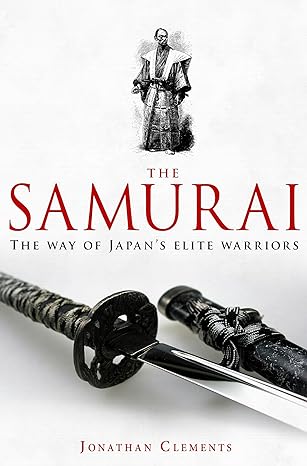
The tradition was then established once the Kamakura Shogunate settled down in the Shagami Province, which is today’s Kanagawa Prefecture. Some of the leading swordsmiths under this technique include Yukimitsu, Masamune, and Shintōgo Kunimitsu. The swordsmiths took into account the issues mentioned above to develop new forging techniques, with Masamune being the most famous swordsmith from this tradition.
Soshuden swords combine hard and soft jigane (blade steel), which gives a strong but lightweight sword as a result. These swords were also quite aesthetically pleasing, including nie (martensitic crystals), such as chikei (dark lines), and kinsuji (bright lines), making them visually appealing. The swords were made to be unbreakable and capable of cutting through armor, making them exceptionally reliable in battle.
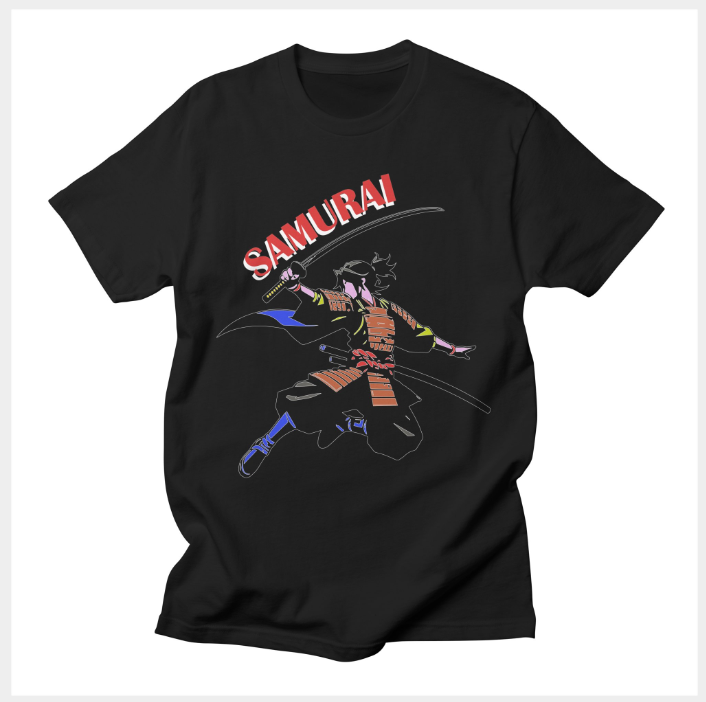
Minoden
Minoden
As for the last swordmaking tradition, the Minoden comes from the Mino Province (hence the name), the modern-day Gifu Prefecture. It is perhaps the most recent instance of Japanese swordmaking.
This swordmaking tradition was developed by Shizusaburō Kaneuji and Kaneshige, two of the Masamune Jittetsu when they relocated to Mino. Kaneuji brought influences from the Yamatoden’s Tegai school and was familiar with Soshuden techniques, which is why the Minoden tradition combines characteristics from both blades.
Minoden swords feature unique Hamon patterns, which make the swords both beautiful and durable while also providing them with an excellent cutting performance. Thanks to the combination of techniques from the Yamatoden and Soshuden traditions, Minoden swords were aesthetically pleasing and functionally superior. The Kanemoto school produced some of the finest blades in Japanese history, most of them under the Minoden tradition.
Conclusion
Japan has five main swordmaking traditions, each of which provides more context for the time and culture of Japan at that time. Several aspects, such as local resources and historical events, must be considered to understand how these approaches to swordmaking came to the world.
However, as time passed, the needs of the warrior class were prioritized above all else, without leaving the aesthetics behind. Japanese swordsmiths not only cared about functionality but also about beauty, which resulted in aesthetically pleasing but practical, making them visually appealing and excellent for combat.
Several historical figures, some very notable, such as Masamune, worked together to create each swordmaking technique and enrich the culture of Japan. These traditions not only allow us to appreciate Japan’s artistry and craftsmanship, but we can also learn more about this nation’s cultural heritage and how this craftsmanship, or ‘art’ as it is still considered to be, has influenced the development of Japan to the modern day.
